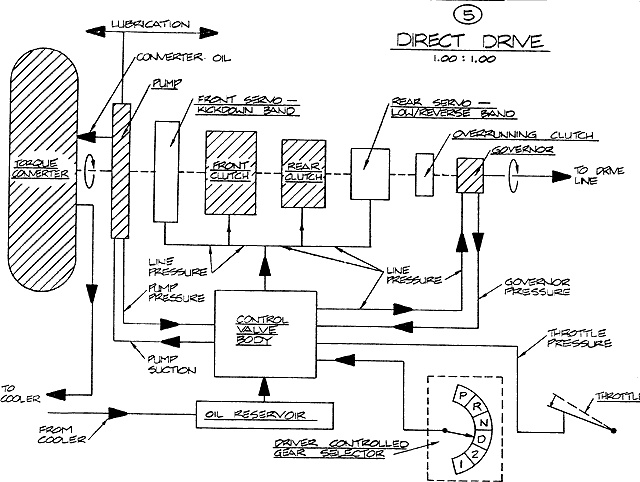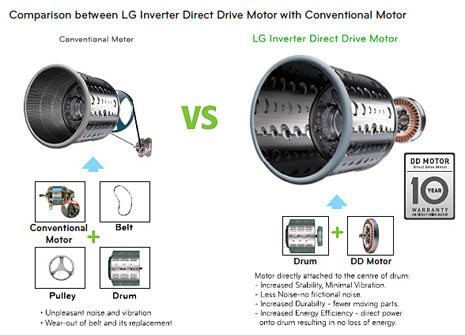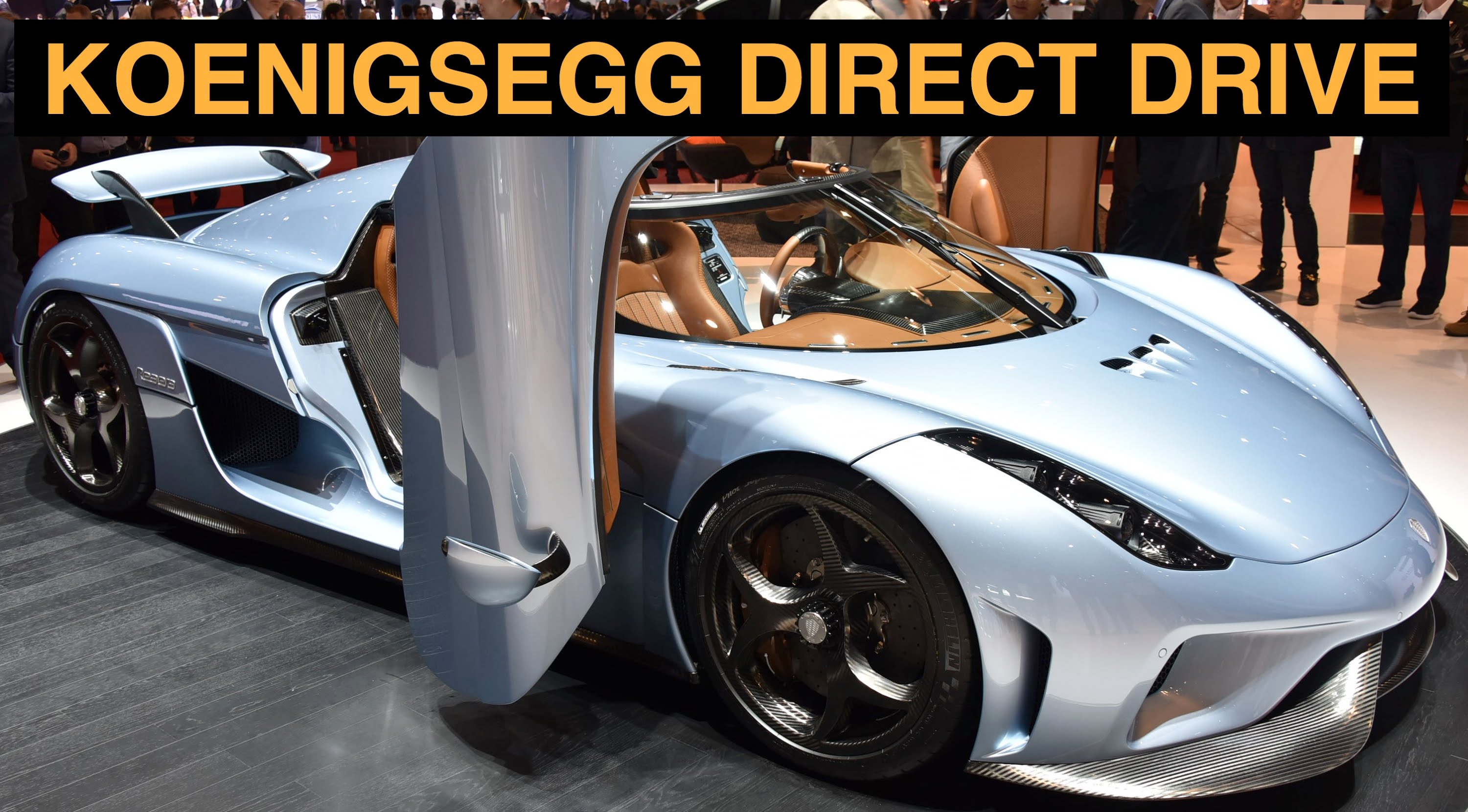Koenigsegg is breaking records and challenging other renowned supercar makers since its inception years ago. One of the weapons the newer Koenigsegg vehicles use to defeat cars like Bugatti is their direct drive transmission. In this article, we will talk what direct drive is, and how does it make a vehicle perform faster.
Direct Drive Mechanism:
A direct drive mechanism takes power from the motor without any sufficient reductions from the gearbox. It is designed to improve gear shifting within the gearbox and allows for a better shifting. As fewer gears are meshed in a direct drive transmission, the car basically cruises at higher speeds.
This is an extremely simple explanation just to give an overview. Let us now see how it works:
Working:
A direct drive transmission essentially consists of the following major parts:
- Shift controller
- Input countershaft
- Second input countershaft
- Motor
The shift controller is embedded in the direct drive system and works alongside the clutches in order to maintain a better connection between the shifting of meshed gears inside the gearbox. There are two countershafts inside the gearbox as named above. These are initially put into rotation by the rotation of the main shaft. Once these intermediate shafts start to rotate, it is overtaken by the motor inside the gearbox which then directly manages their rotation by controlling the shifting. The purpose of this is to maintain an even gear ratio during the rotation of gears such as a 1:1. The motor serves two basic purposes here:
1. Keeping the rotation of the two input countershafts shafts alive
2. Keeping the rotational speed of the intermediate shafts consistent
This helps for a smoother gear shift, and power from the engine can move easily and directly to the rear wheels of the vehicle due to a smoother functionality within the gearbox.
Now that you understand the working of the direct drive system let us look into the pros and cons of it.
Advantages:
- Drive stiffness since backlash, hysteresis, elasticity, etc. are made redundant by eliminating use of gearbox or ball screw mechanisms
- Provision of high torque at lower RPMs
- Due to lower number of parts in a direct drive transmission, vibrations and hence the noise is reduced
- No power loss through belts, chains, gearboxes and therefore increased efficiency
- High torque and low inertia allows faster positioning times on permanent magnet synchronous servo drives
- Longer life since fewer parts prone to failure


Disadvantages:
- Requirement of a special motor since conventional motors are designed to provide maximum toques at high RPMs, but the system needs higher torques at lower RPMs
- Need of precision control mechanisms
So this is pretty much it. We hope you have learned something new today. Until next time, happy motoring!

